Monolake - Studio
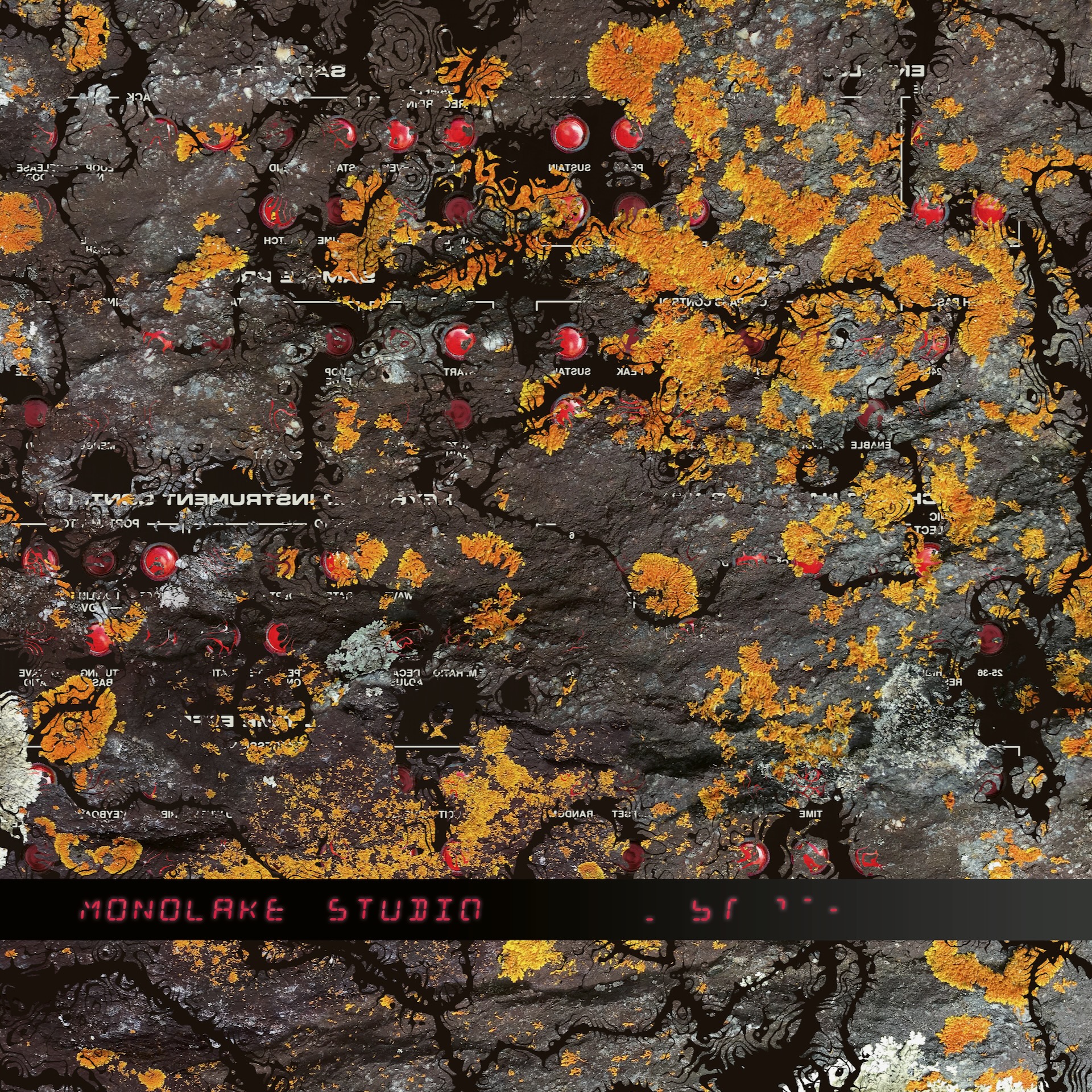
2024 | imbalance | ML-036
01 The Elders Disagree 5:44
02 Thru Stalactites 6:10
03 Signals 5:46
04 Cute Little Aliens 5:23
05 Intermezzo 3:39
06 Global Transport 6:53
07 Stasis Field 8:34
08 Prime Lundy 7:28
09 Red Alphonso 5:15
10 Eclipse 7:06
Total running time: 62:00
Produced by Robert Henke
Release date: September 6th 2024
Formats: digital, CD, double vinyl, colored limited vinyl editions in red, white and clear
Below and above the invisible microscopic connections holding matter and soul together, a person is dragging files on a computer screen from A to B. And then back to A again.
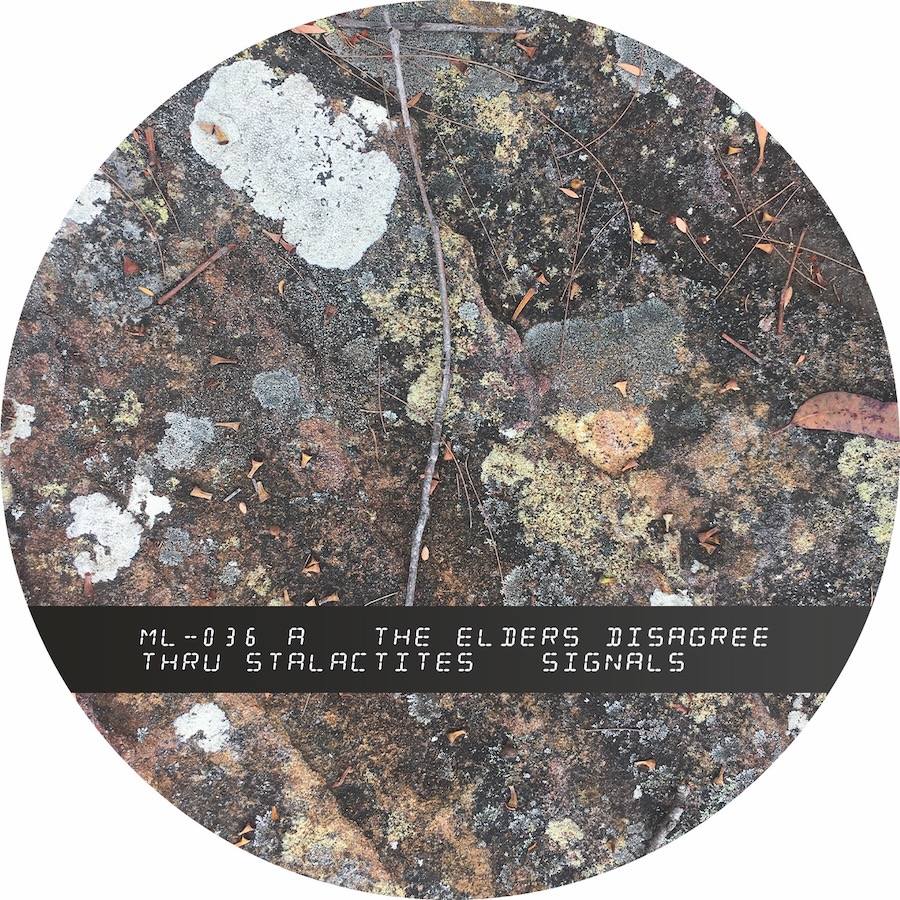
A bit later, the person tries to make sense of cryptical codes displayed on tiny screens of machines built decades ago in backyards in Hamburg, at labs in Japan, or envisioned in student dorms somewhere in a big fallen country far away. The person stares at user manuals originally written with typewriters, carefully turns the precious pages, scratches their head and finally nods.
It is a meditative state, introverted, but not quiet, more the opposite.
The person sits still, listening, thinking, feeling: Is it where it is supposed to be? What will it become? What is it? Is it something at all? Or is it just more data landfill?
The tea gets cold. Time flows in irregular intervals. Suddenly there is movement.
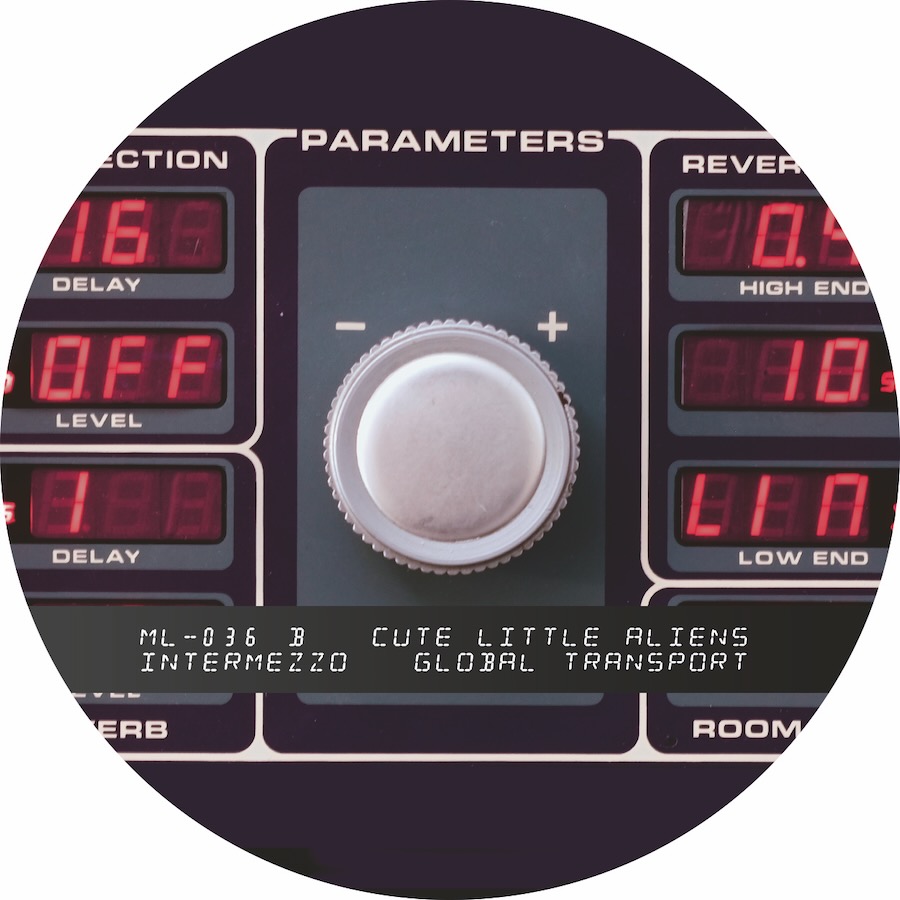
The person reaches out to a shelf, locates a long obsolete storage medium, a black and wobbly sheet of plastic the size of a small book. The person carefully inserts it into a large black box, presses a red button and waits.
Nearby something else becomes alive. The person enters commands on a terminal and walks over to a beautiful wooden instrument.
Several hours later, the sun outside long gone, the city almost asleep, the person removes the disk, turns off the black box and notices for the first time that day how loud the fans inside have been. The person flips a switch and all the little lights go off.
Silence and darkness.
About the album
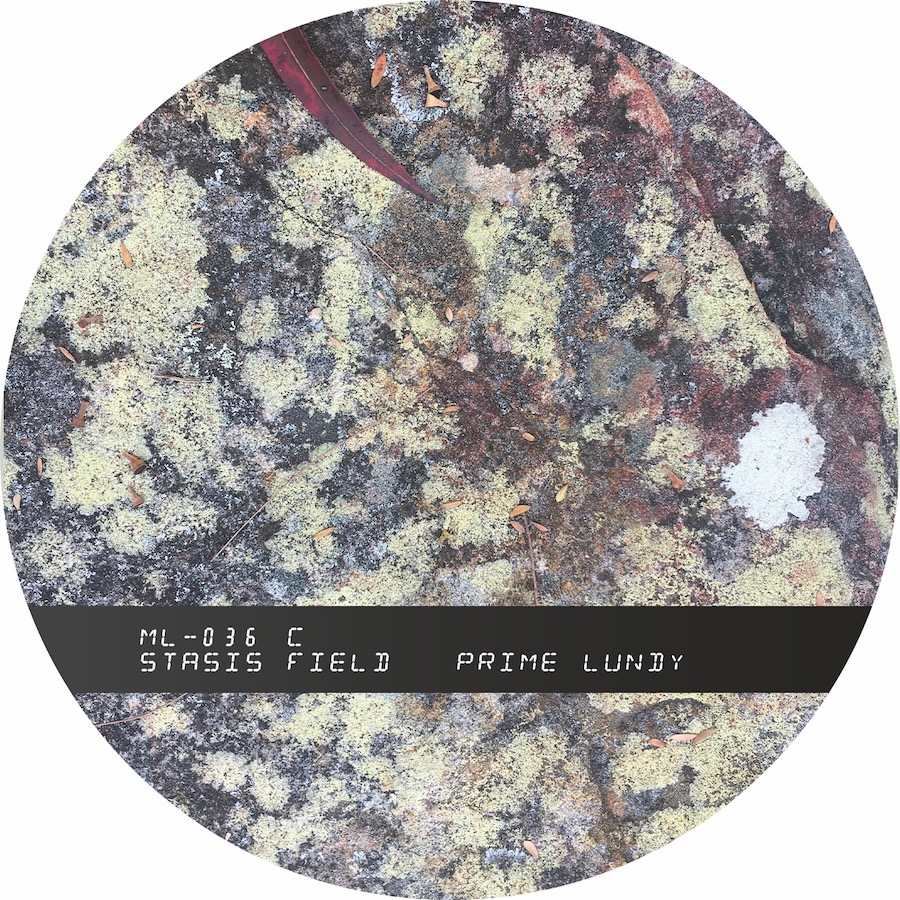
My studio is my shelter, I feel comfortable there, surrounded by those wonderful inspiring machines. A small cosy room where ideas emerge, mature, morph, and find their final shape. 'Studio' is the result of spending time in that space. The album's intention is simple: Presenting a beautiful personal musical journey. The creative process in itself matters to me, the interaction with my instruments, the accidental discoveries, the successful execution of a vision and anything in between.
The result counts even more. I care deeply about the outcome of my work, I want it to be intentional, meaningful, consistent, and personal.
Most of the tracks on this album got revised countless times, and then even more, once I knew in which context and order I wanted to arrange them. I have been living with my music for months now, listening, thinking, changing, diving deeper and deeper into each piece.
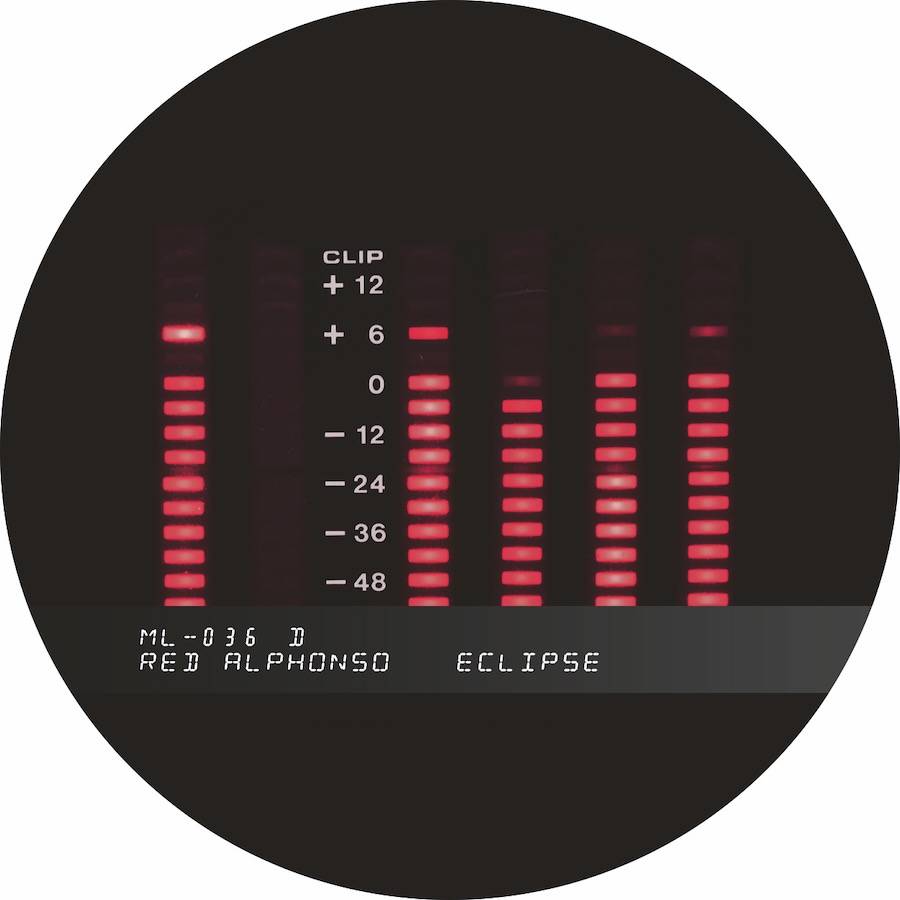
I love albums, a beautiful format where each part has its place, one long journey from start to end, yet each piece has its own story, its own flavour and history.
Some of the material I created years ago for an audiovisual performance, some is derived from previous installation works, all completely ripped apart and rearranged multiple times, and other parts came into existence just a few months ago. During their creation my pieces often turn into something completely different, they repeatedly morph from one state to another until they become solid.
What I consider a core element at the beginning might later be discarded completely, and a little detail in the background might become the essence. Many explorations ended in the trash bin before the results had the chance to become a part of 'Studio'. Things did not fall into place, did not feel right.
Other compositions had to fill the void instead, some created quickly in a rush of inspiration, some slowly, shy, questioning their significance.
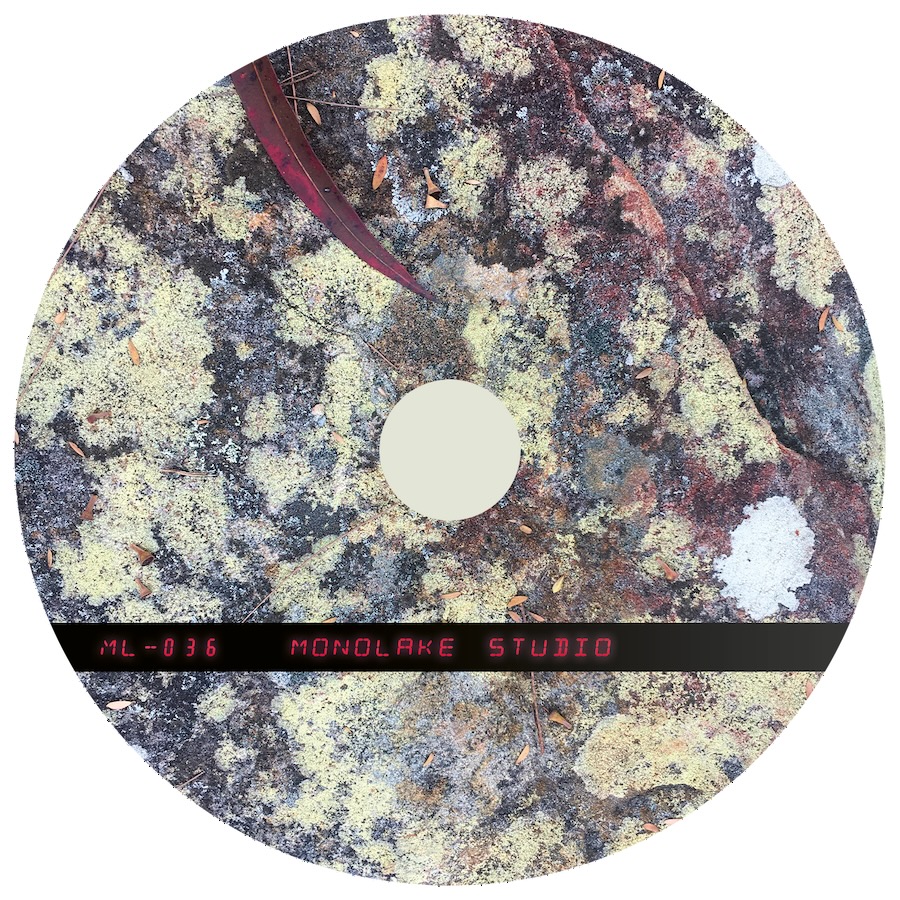
This album did not came into existence in a hurry, it took as long as it needed.
I walked around my creations, did listen to them from the distance, physically, mentally, with friends, in all kinds of different contexts. I tried to understand my own work. I started to see patterns, hidden motifs, things that were buried in between too many layers of sound. What is essential? What is ornament? I reduced, rearranged, added again.
The closer I got to the final state of 'Studio' the more clarity I found. The inherent doubts and the nagging voices from the inside got more quiet, and a sense of achievement started to manifest itself. More and more details just fell into place. And now it is done. After making electronic music since almost thirty years I don't care anymore about genres, about how to label things. It is music, my own personal music, and that's it. Call it 'electronica' if you wish.
Process Notes
The music on this album has been constructed in Ableton Live. Most of the sounds have been captured from my collection of beloved hardware synthesisers and effects, often further processed until something completely different did emerge. Sometimes I spend days in the studio just recording sounds or creating new presets, without already having a composition in mind.
A few selected musical instruments contributed significantly to the palette of this album; a New England Digital Synclavier II, which also served as inspiration for the artwork, a Sequential Circutis Prophet VS, which is present on all Monolake albums since 1996, a Yamaha SY77, a Linn Drum, and the Oberheim Xpander. And then there is Operator in Ableton Live, which I developed in 2004 and still love to use, and a lot of the other effects and instruments in the software. And of course my Granulator III instrument, and the PitchLoop89 audio effect.
The final sonic world is often the result of a radical deconstruction of these elements, via filtering, pitch shifting, time stretching and other types of processing, both in Live and with my hardware. The good old Alesis Quadraverb deserves a honorary mention here, so does the AMS RMX 16.
When composing, I often start with a drum groove, a simple pattern triggering samples I collected earlier, or percussive synthetic sounds. Afterwards I arrange other elements around it. This is often more a process of finding than searching. I have an idea what I might want to add, but when clicking through my presets or adjusting parameters, I discover something else. I record layers of layers of new elements. This is the fun part.
And from there the search for meaning and form starts: What happens when, where, why, how long, how often, with how much variation? During this very fragile process things often change a lot. This is where I oscillate between euphoria and crisis mode. The biggest challenge: throwing things away that did cost a lot of time to make but ultimately are just bad.
In the final stage of creating this album, I worked on all tracks at the same time, listening to them in the context of the others. A lot of things changed again as a result. Suddenly previously completely fine endings and beginnings made no sense anymore and needed to be reworked. I always aim to create an album which is one long journey, and where the successions of pieces feel more like movements of a symphony.
I removed elements, added new ones, and often only at this very late stage I started to understand which parts in each piece are central.
Again I added little details to each track: The digital creatures in 'Cute Little Aliens' became more varied and agitated, and I had a lot of fun embedding the scenery in a wet pre-human environment, with thunder, the ocean, granulated raindrops, and other forces of nature.
'Eclipse' got its dark cymbals at the beginning and turned more into a wild drumming exercise and a track called 'Spectral Run' got revised again and again for weeks, until I finally gave up on it and replaced it by something that I wrote within a few days and in great desperation: 'Signals'.
At the same time I gained enough distance to be able to reduce and simplify where needed: I cleaned up rhythmical patterns, let things develop over longer time periods again, or got rid of things that turned out to hide other things below that are far more worth noticing.
Today is May 13 2024, a beautiful sunny day in Berlin, and I decide that the album is finished.
Artwork
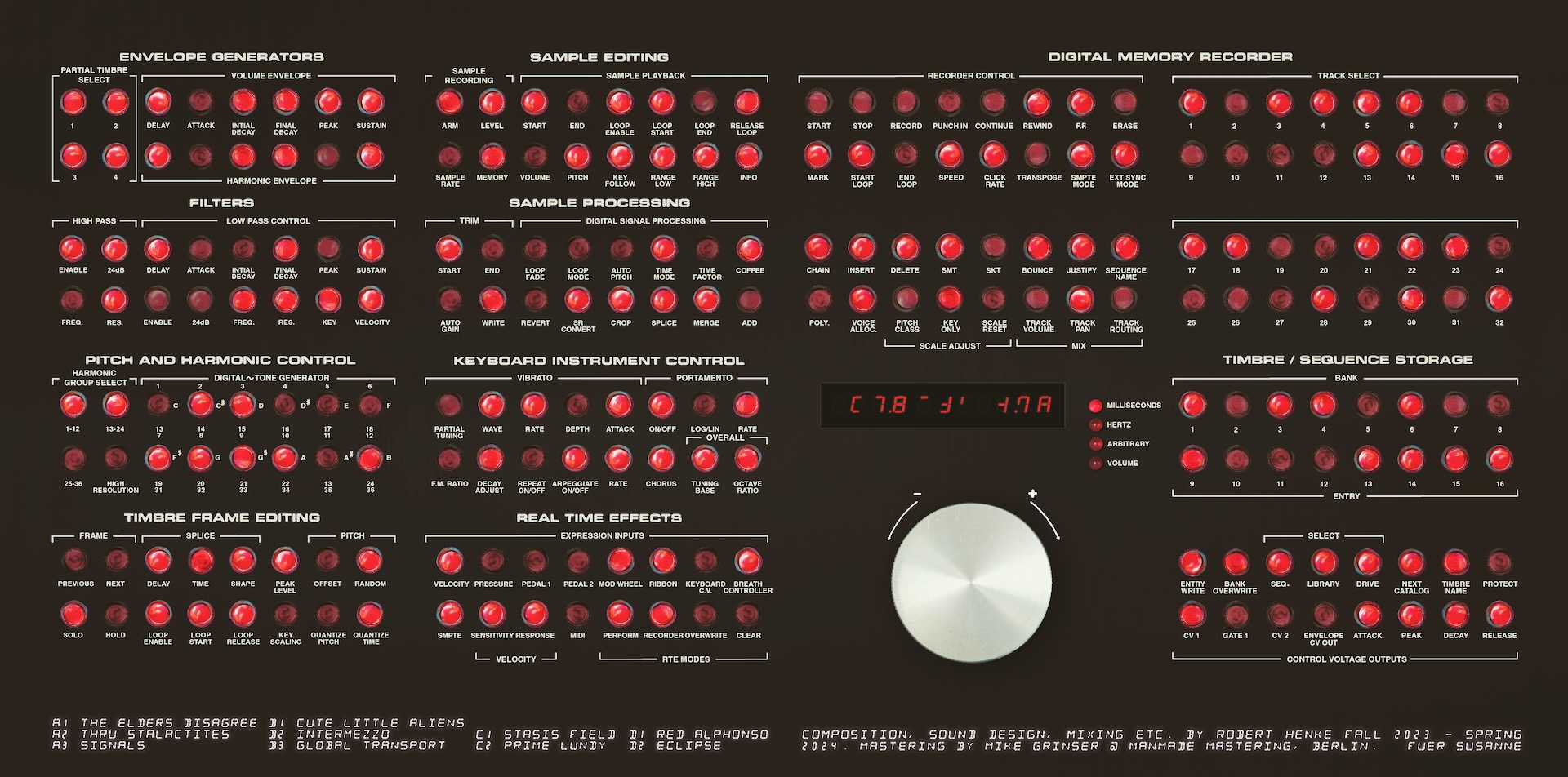
In May 2024 I posted a message about my upcoming album on social media, using a photo I had taken a few years earlier as a nice backdrop. Many people mistook this for the final artwork and shared their appreciation for it. This unexpected response prompted me to reconsider my plans.
The cover design is now inspired by a composite of various lichen photographs. However, I also aimed to contrast elements of nature with my studio technology. I envisioned a collage of equipment for the inside of the gatefold vinyl packaging and the CD package. Yet, I discovered that merging numerous equipment photos into a cohesive and appealing design proved challenging.
Consequently, I devised an alternative, based on the user interface of the good old Synclavier II. I've always been fond of its futuristic button matrix with red LEDs, which conjures a sense of nostalgia for early computer systems.
But I wanted more than just a mere photograph of it. Instead, I created a collage that not only consists of its existing controls but also integrated additional features it never possessed, though it might have in a subsequent iteration. In essence, I crafted a vision of a future that never materialised.
Geeky note: When a Synclavier II is turned on, and the connected mainframe computer did not boot yet, the LEDs in the buttons light up in random patterns. There you go.
Free Font
The font used for the Studio album has its own history and you can use it yourself! Download from here.
Credit
Composition, sound design, mixing, by Robert Henke in Fall 2023 and Spring 2024. Mastering by Mike Grinser @ Manmade Mastering, Berlin.
Artwork equals teamwork: lichens compositing by Ulf Büschleb, possible interface design by Robert Henke, DL3416 font by Verena Gerlach, general and special layout magic by Queenie F. Charles. Beta testing by Headless Horseman, Mihály Podobni, Electric Indigo, Benji Sugar.
Für Susanne.